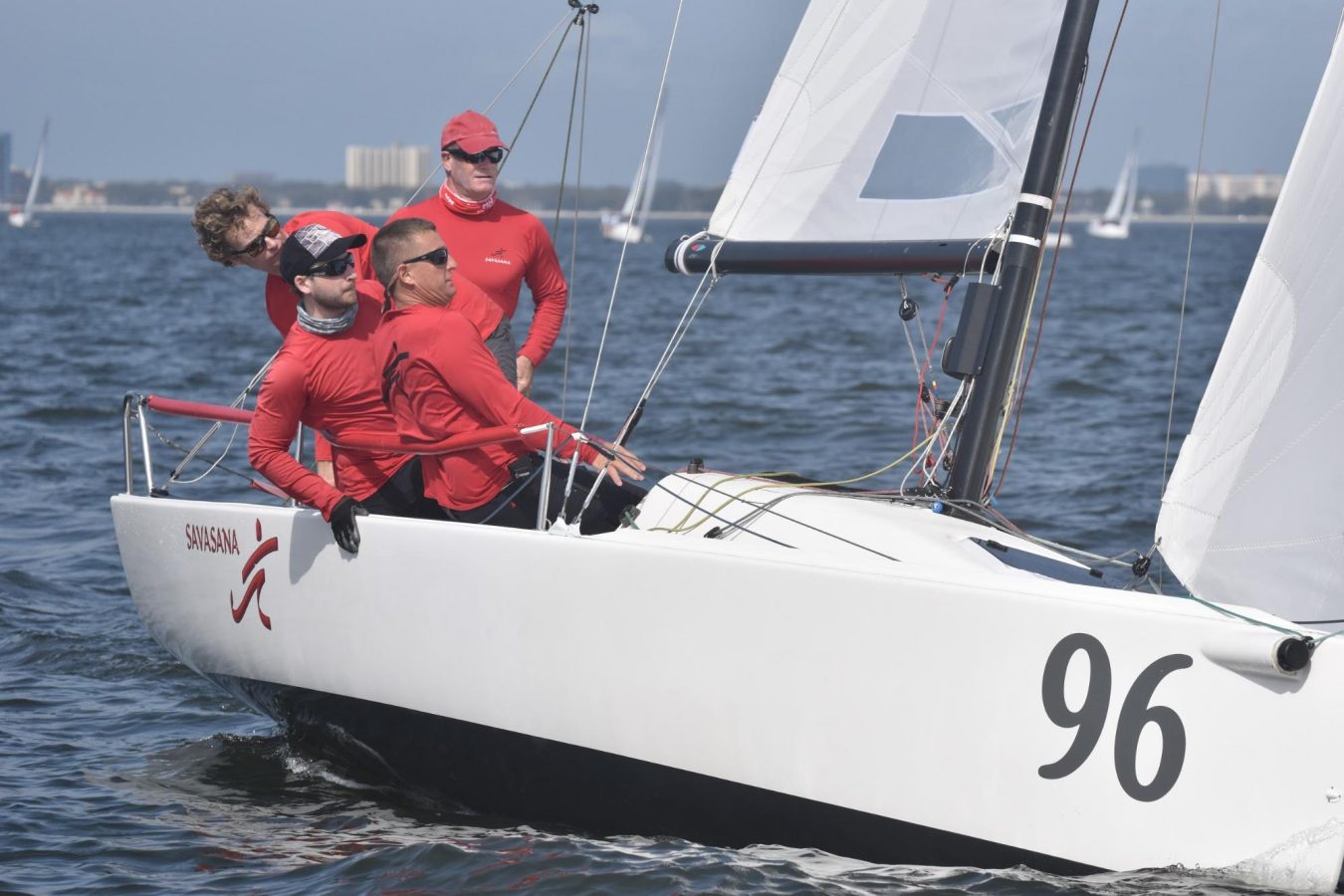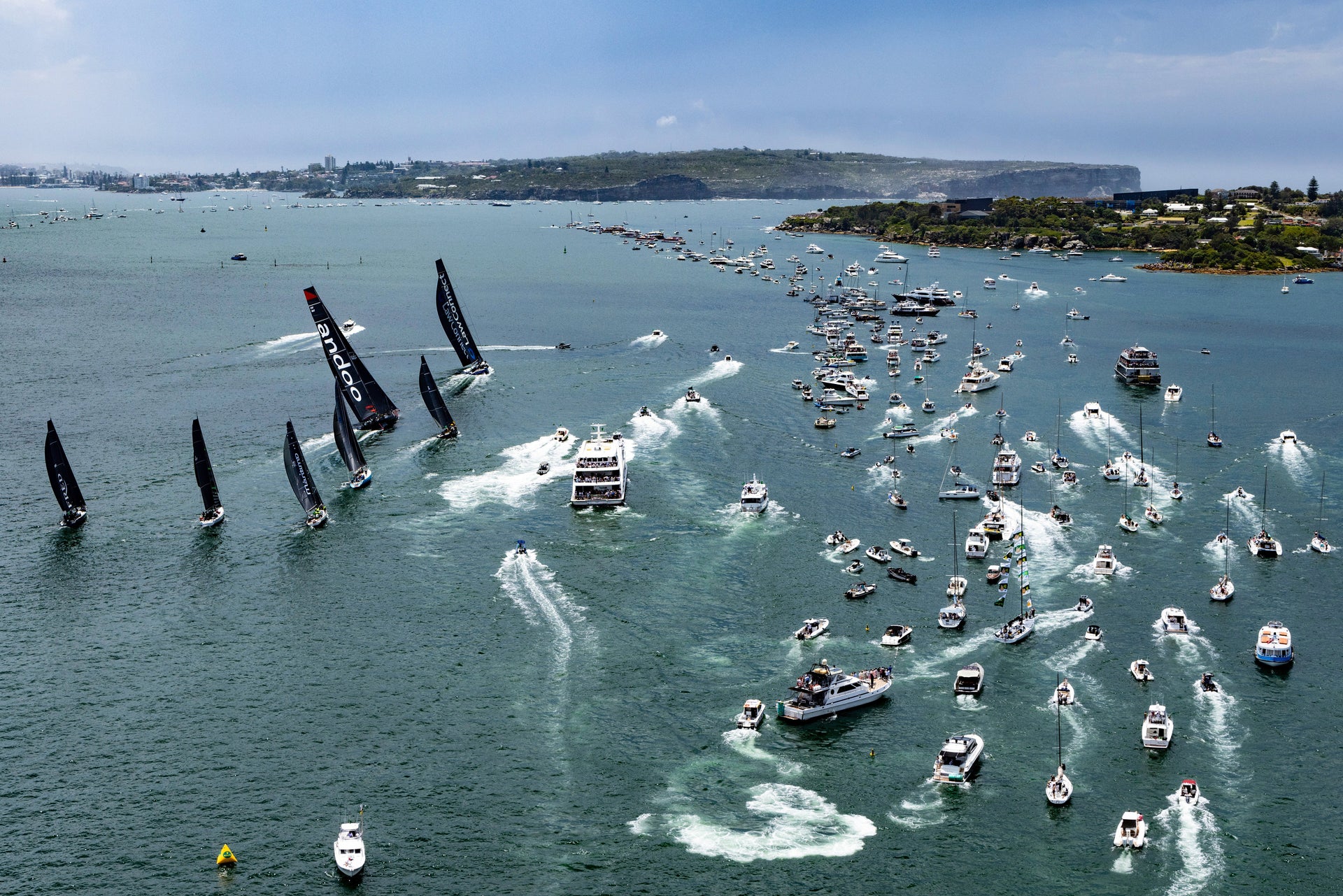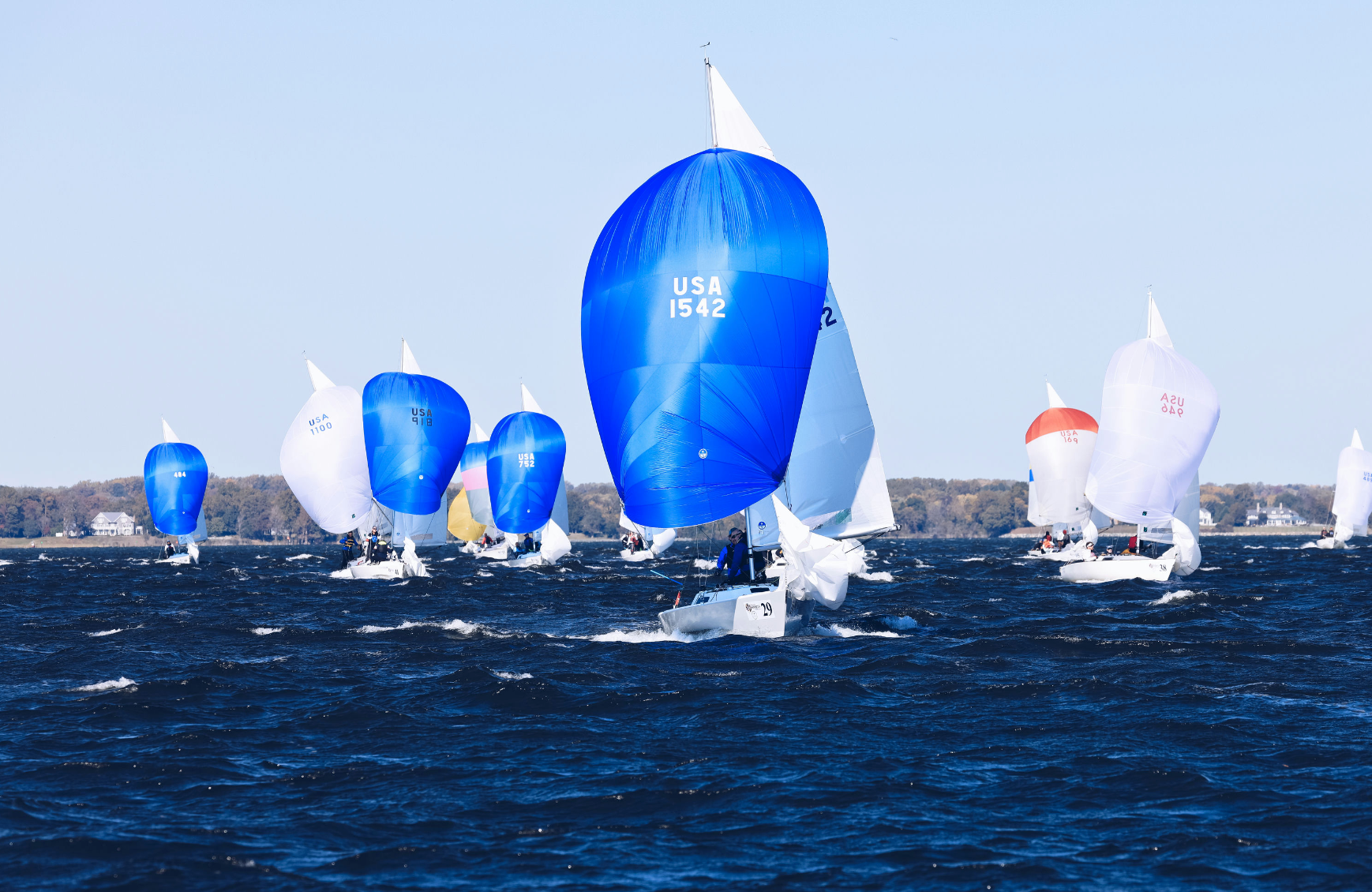INTERVIEW WITH BRIAN KEANE, J/70 US WINTER SERIES CHAMPION
INTERVIEW WITH BRIAN KEANE, J/70 U.S. WINTER SERIES CHAMPION
North clients continue to succeed given the right tools for success

North Sails products are designed to be a tool for our clients to help them excel on the race course. North Sails has developed fast, user-friendly sails that give teams like Brian Keane’s a competitive advantage.
We caught with Brian after his race series win in Davis Island, FL where he sailed his way to success through a high level of competition in the US J/70 class. Each regatta result finish his team had totaled 7 points in the three-event series, and given one throw out he was left with only 4 points. Here’s what Brian had to say about his team, how they prepared for the winter series, and how they maintained consistency through three regattas, giving his team the overall series win.
NS: The entire series had all types of conditions. It was windy at the first event, shifty in the second, light air in the third. How did your team adjust to keep such great consistent results?
“We were pretty happy that we had a variety of conditions because it gave us a chance to test our tuning and boat handling across a wide spectrum. I think we felt pretty fast in all conditions, whether it was windy or whether it was light. I think the key thing is being smart and avoiding the costly errors. At the end of the day, we felt as fast as anybody, but the real key is not shooting yourself in the foot by making any major mistakes.”
NS: What are some things of most importance that you focus on going into each event given that you might have maybe a different crew every time?
“Yeah, we had slightly different teams, even in each of the three events. When you do that, it just reinforces the importance of being able to communicate effectively within the team, so if somebody’s out and somebody new is in, they can get up to speed very quickly.”
“Because we had a different trimmer in each of the three events, we made sure that we got there early >to practice. We spent about a day and a half practicing. And part of that practice is working on boat handling and our settings for different conditions, so everybody knows who’s doing what. The other part of that practice is then to make sure, from a speed standpoint, we are where we need to be.
As far as the actual racing is concerned, our goal was to get off the line in a clear lane. We had enough confidence in our speed that if we could get off the line sometime in the lower-density area and be able to hold for a few minutes that we’ll quickly be near the top of the fleet and we can just grind down from there.”
“Starts and minimizing risk I think are some of the key themes across all three events.”

NS: Out of all three events, was there a race highlight, or a moment that stuck out that you remember?
“In event two on the windiest downwind leg- it was blowing like stink. We just killed it and extended dramatically on the entire fleet. That’s always fun. We won the race and won it by a lot. It was exhilarating. You know, I think back on it … I haven’t looked at all of our finishes, but I think one of the things I feel good about and was how consistent we were going into each event. I am not sure if we ever had a race out of the top ten, and that’s a sign that you’ve got speed and you’re not shooting yourself in the foot. You’re just always there and relentless.”
“That’s the kind of stuff that wins regattas, and wins a race series- it’s being consistent.”
NS: What advice would you give a new J/70 team?
“We sometimes call it “sail by the numbers.” We have a lot of data and we know exactly how we wanna set up for every condition. We’re not wasting time wondering what the right setup for the rig or for sail trim is as the conditions change. As the conditions change, we can look at our grid and we know what to do.
That takes a lot of the complexity out of it. So a new team should ask some of the other teams what they should be focusing on. “How do you think about rig setups, sail trim in different conditions?” Try and create your own map, your own grid, so you can sail by the numbers, so you can think about sailing and what you’re doing during the race, as opposed to trying to figure out how to make your boat go fast.”
NS: What were the biggest contributions to your team’s success this weekend?
“Smart decisions, tactics, strategy, where to start, and where to go.”
| 2017-18 U.S. J/70 Winter Series Teams Powered by North Sails |
||
| Event 1 | ||
| 1, 3, 5, 6, 7, 8*, 9, 10 / Congratulations Brian Keane | ||
| Event 2 | ||
| 1, 3, 5*, 6, 7, 8*, 10 / Congratulations Joel Ronning | ||
| Event 3 | ||
| 1, 3, 4, 5, 6, 7, 8, 9, 10, 11, 12 / Congratulations Jack Franco | ||
| Series Overall | ||
| 1, 3, 4*, 5*, 6, 7 / Congratulations Brian Keane and team Savasana! | ||
| * Denotes Partial North Sails Inventory | ||





























